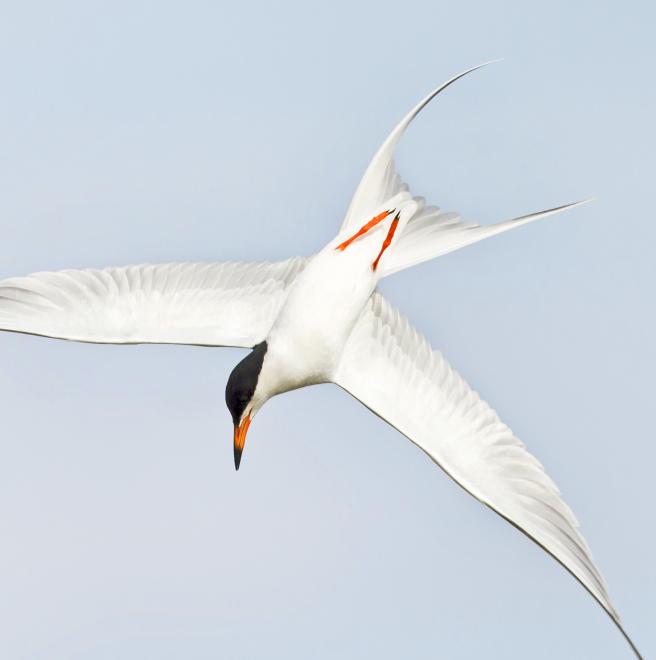

Compared to the Common Tern, the streamer-tailed Forster’s Tern nests more inland and farther south, and winters farther north. Audubon’s climate model predicts a significantly shifting climate space for this species, especially in summer, with only 19% remaining stable and a large northward and even farther inland movement. Resource availability will be the key: during the summer, islands on inland marshes for breeding; and in winter, fish-filled waters along the coast and perhaps increasingly inland.
Are the projected range maps different from the range maps in field guides? Find the answer here.
Explore more birds threatened by climate change around the country.





















It's easier than you think to make a difference. Become an Audubon member today to help birds facing climate change.